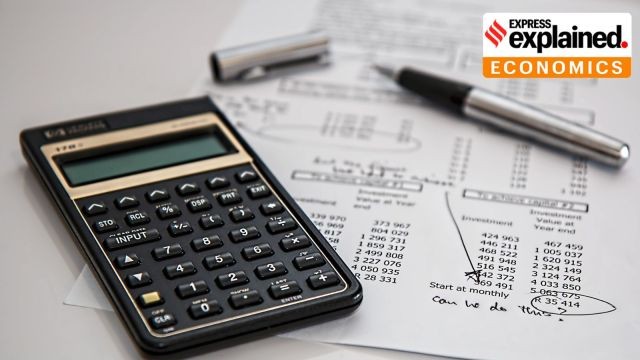



Retail inflation in India fell to a historic low of 0.25% in October 2025, primarily due to GST rate cuts, a favourable base effect, and a decline in prices of key food items such as vegetables, fruits, oils, and eggs. While food and beverage prices contracted, most other categories, including fuel, housing, and miscellaneous goods, saw higher inflation compared to last year. The decline provides short-term relief to households and businesses, stabilizes macroeconomic conditions, and supports policy measures aimed at economic growth and price stability.

Copyright infringement not intended
Picture Courtesy: The Hindu
Retail inflation in India fell sharply to a historic low of 0.25% in October 2025, according to data released by the Ministry of Statistics and Programme Implementation. This is the lowest rate of inflation recorded in the current series of the Consumer Price Index and the lowest since January 2012.
|
Must Read: Inflation | RETAIL INFLATION | INDIA’S RETAIL INFLATION | |
Retail inflation refers to the rise in the overall price level of goods and services that consumers buy for personal use, measured at the retail level — i.e., the prices you and I pay in shops and markets.
Measured by: The Consumer Price Index (CPI), which tracks price changes of a basket of commonly used goods and services.
Base Year: Currently 2012 is used as the base year for CPI calculations in India.
Published by: The Ministry of Statistics and Programme Implementation (MoSPI) every month.
RBI’s Comfort Zone: The Reserve Bank of India (RBI) aims to keep retail inflation between 2% and 6% to ensure price stability and economic growth.
Positive Impact on Consumers:
Monetary Policy Implications:
Government Fiscal Management:
Sectoral Implications:
Business and Investment Impact:
Macroeconomic Implications:
Goods and Services Tax (GST) Rate Cuts:
Subsidy Management:
Monetary Measures (Reserve Bank of India)
Food Security and Supply Chain Measures
Price Monitoring and Regulatory Mechanisms
The record-low retail inflation of 0.25% in October 2025 highlights the combined effect of fiscal interventions, favorable base effects, and sector-specific measures. While food prices remain volatile due to supply-side constraints, government and institutional measures such as GST rate cuts, buffer stock management, agricultural reforms, and monetary policy support have helped stabilize consumer prices. These actions not only protect household purchasing power but also support business operations, promote macroeconomic stability, and enable sustained economic growth. Moving forward, a balanced approach combining short-term relief and long-term structural reforms will be essential to maintain price stability and strengthen India’s resilience against future inflationary shocks.
Source: The Hindu
|
Practice Question Q. Retail inflation in India hit a historic low in October 2025. Examine the factors responsible for this decline, its multidimensional impacts, and the government measures taken to manage inflation. (250 words) |
Retail inflation fell to a historic low of 0.25% in October 2025, the lowest since January 2012.
The main factors include:








© 2025 iasgyan. All right reserved